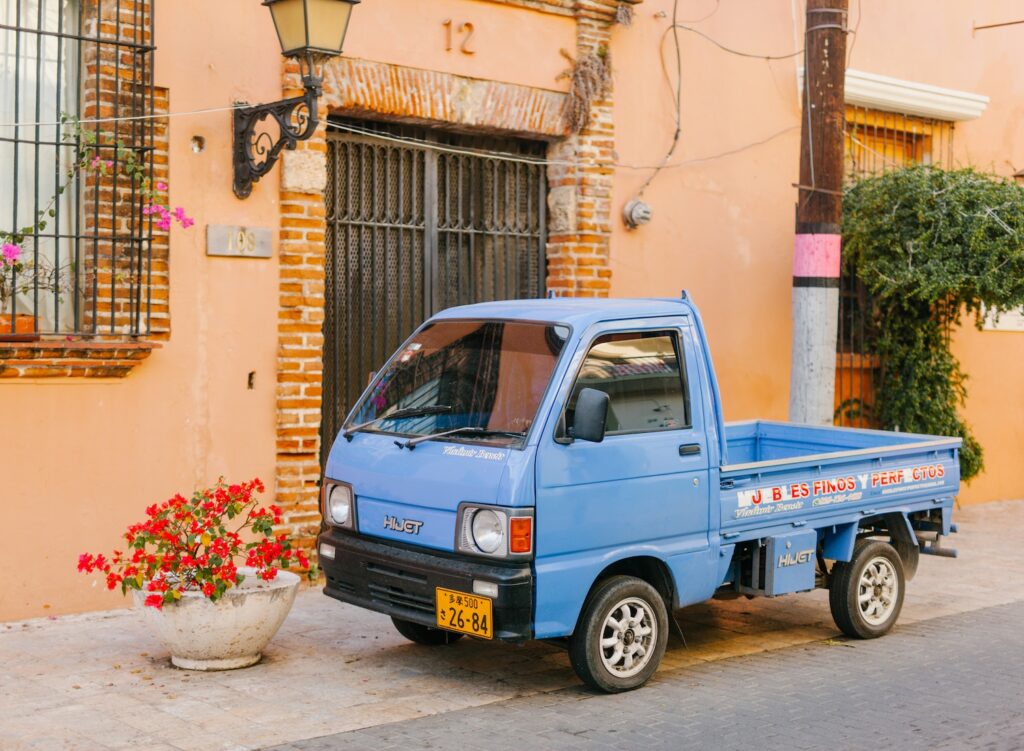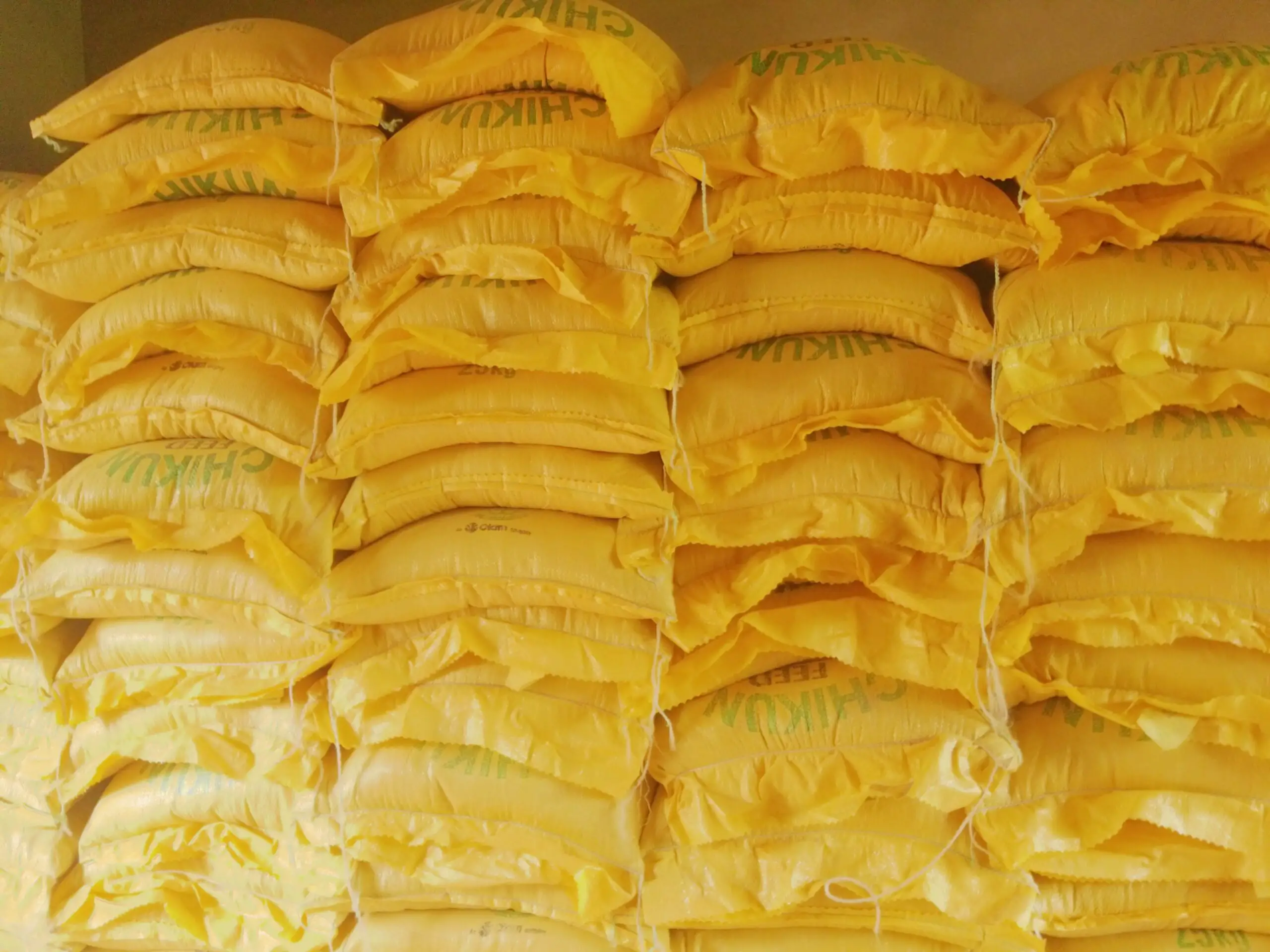Some links on this page may contain affiliate links which means that, if you choose to make a purchase using the link, Agricfy.com may earn a small commission at no extra cost to you. For more information, go to our Affiliate Disclosure Page!
Introduction
The agricultural industry is a very broad industry that has various ways to make money from it.
Have you been thinking of making from the agricultural business without actually raising livestock or growing crops? Well, there is another way to make this happen; and that is by starting a feed distribution business.
You will see that I mentioned distribution and not just feed business because they’re different.
Starting a feed business in your home country actually takes a lot of effort and money with a lot of policies that can make you frustrated compared to starting a distribution business.
If you’ve been thinking about how to start a feed distribution business, then read this article cos it will provide you with the information you will need to get started.
What Is A Feed Business?
A feed business is a process of manufacturing livestock feeds for animal consumption. This aspect of making money from the agricultural business requires a lot of money and different government licenses to get started compared to other aspects of the agricultural business.
If we’re to dive deep into this aspect, it can be further divided into different categories, which are:
- Manufacturing
- Distribution and
- Raw material supply
- Marketing and so on.
There is more to the categories of the feed business than the four mentioned above but I’m not going to be analyzing them all as they are interwoven into each other.
In this article, we’re actually going to be more focused on the second category which is DISTRIBUTION BUSINESS.
What Is A Distribution Business?
Wikipedia defines distribution business as “the process of making a product or service available for the consumer or business user who needs it, and a distributor is a business involved in the distribution stage of the value chain.”
In simple terms, a distribution business is a middleman between the manufacturer and the end-user of a product. In agricultural business terms for the purpose of this article, it is buying from a feed manufacturer like Olam, Flour Mills, etc, and the final user of the feeds.
As a feed distributor, you are saddled with the responsibility of making life easy for farmers in remote areas to get feed for their livestock.
You can either be a wholesale distributor or a mini-distributor for the feed companies. Anyone you decide to go with has similar ways to get started with the business (in terms of steps) so don’t panic it will follow the same way if you want to get started with the feed distribution business.
How To Start A Feed Distribution Business
1. Research
The first thing to do when starting any business is to research what the business entails before spending money to purchase any item. It is the same with the feed distribution business, you need to do some research about the following:
- The feed manufacturer you want to go with
- What feed are farmers using in your preferred location
- Your biggest competitors (their strengths and weaknesses)
- Your chance of succeeding in this business
- Other background checks.
Your research is not just something that you’ll do shabbily, it has to be detailed and takes a lot of time (weeks, months, or even years). Starting a feed distribution business is a big investment so you should joke with it.
Pay people for information if you need to because this will be the determinant of whether or not you are going to succeed in the business.
Your research should focus more on the end users you will be selling to rather than the businesses you will be buying from.
2. Choose Your Prefered Feed Manufacturing Company
The second step to starting a feed distribution business is to choose your preferred company which you want to be purchasing your feed from.
There are different feed production companies that you can buy from and be a distributor for so, after researching, choose the one you and reach out to them for their procedures and terms of service.
Every one of these companies has terms and conditions, so if you apply to one feed company and they reject you, apply to another one and you might be accepted.
P.S: When choosing a feed production company, make sure it is/they are brands that farmers buy well in that area.
If you’re a distributor for brands that are not moving well, you will lose money and after some time if don’t sell anything, you can be stripped of your distributorship.
Depending on your country/region, you need to do some research on feed companies in your country.
But if you’re in Nigeria, you can read these articles on the types of feeds for fish and types of poultry feed to get the names of feed production companies. Their contact information is mentioned in the article
3. Write A Business Plan

I know a lot of businesses do write business plans and proposals but this is important especially if you going to be going big (that is the wholesale distributor route).
Writing a business plan and presenting it to the preferred feed company gives them a notion of how responsible you are and how well you’re invested in getting the most out of the business.
Don’t get me wrong, having a business proposal does not guarantee any success but it is a step to getting a positive response from the company.
A business proposal can also help you access loans easily from the bank if need be.
If you don’t know how to write a business plan, don’t worry, you can read my article on how to write a business plan.
4. Get The Required Capital

The big one is here because whaaaaattttttt? You need money to start a feed distribution business. You need a lot of money to start this business so it’s no joke if you decide to go into the distribution business.
Two things, you can decide to use your personal funds to start the business or apply for loans/grants from family and friends, banks, or government institutes.
Even if you’re going to be seeking a loan, you will need to have a minimum of 50% of the funds you will require to start the business.
Part of the research process you will do in step 1 is to get an estimate of how much it might require you to start a feed distribution business.
The amount of money you will need to start will depend on how big or small you want your business. The money you need will cover:
- Getting a warehouse
- Buying a truck or van
- Deposit for buying the feeds
- Paying staff salaries and wages
There is more to what you will be spending than what I might have mentioned above. There are some hidden expenses that you can’t even sideline.
So, I will advise if the amount you need is $10,000 to start a feed distribution business, set aside a minimum of $13,000 in case of unplanned expenses.
The actual figures you will need will be reliant on the outcome of your research.
5. Get A Warehouse
The next step to starting a feed distribution business is to get a warehouse/store where you’ll keep your feed.
This is very critical to the success of your business because if you have a warehouse in a very remote area that cannot be easily accessible to your customers, it will be difficult for you to sell your feed.
Having an accessible road network to your store is important to succeed in this business.
Remember all this should be critical for choosing a location for your store during the research process. Don’t just pick a store for owning a store’s sake. Be strategic with your store location so you won’t regret it later.
6. Get A License
A know you might be wondering why is this coming at the fifth step and not the 2nd and maybe 3rd step, well you shouldn’t apply for a license if you’ve not settled some things.
When you want to apply for a license, they’ll ask for information like the name of the company; residential address; store address; equipment available, etc.
So, get all your papers ready before approaching the agency responsible for approving your licenses.
7. Buy The Required Trucks/Van

If you’re going big with the feed distribution business, you will need to buy a few trucks that you’ll need to transport the feed from the company down to your warehouse when retailers/customers will be buying.
If you’re a mini-distributor, you might not need to buy a van or truck but still, budget to have one or two minivans to ease yourself from the stress of transporting feed to your customers.
8. Employ Workers
The next step to starting a feed distribution business is to employ workers. This set of people will be storekeepers, secretaries, motor boys, drivers, and/or service boys.
You will also need the service of a bookkeeper and maybe an accountant as time goes on because you need to keep your books up to date for personal and business purposes.
Getting Started
After following the steps above, it is time to get started and that is signing the contract and buying the feed from your preferred company. It might look easy from what I have written, but it can get difficult if you don’t have the right amount of papers you will need.
To get started in this feed distribution business, there are other things you need to put in place:
i. Have a Database of farm owners: One of the things that you should do during your research process is to build a database of farm owners that you’ll supply the feed to.
When putting the list of farms together, make sure you ask about the challenges they might be facing currently that will help you beat your competitors.
ii. Have a record book: You might not see this coming in the beginning but I must tell you having a record book will keep organized, help for tax purposes, and also help to keep track of your profit.
iii. Offer Discounts and Bonuses: Another thing when you start a feed distribution business is to offer discounts and bonuses to your customers. Doing this will get your customers more key into buying more products from you and also referring other customers.
To beat the competitor, you need to be smarter than them, don’t copy what they’re doing but find faults in whatever they’re doing currently and use that to your advantage.
How Much Does It Cost To Start A Feed Distribution Business
The cost of starting a feed distribution business varies depending on how big or small you want to go. I’ll say if you’re starting a small-scale distribution business, you should have from $4,000 – $7,000 (#2,000,000 – #3,500,000).
NOTE: This cost will go majorly into getting a space, licensing, and starting the business itself.
If you want to be a major distributor of whatever brand of feed you choose, budget around $30,000 and above cos you’re going to be buying some heavy-duty equipment.
Conclusion
Making money from the feed distribution business is easy but it can be tricky at times if you’re not careful. I’ve written a piece of advice that if you don’t do your own research for your need, you might miss it.
To recap, if you want to start a feed distribution business, go through this process:
i. Do your research
ii. Choose your preferred company
iii. Write a business plan
iv. Source for the required capital
v. Get A Warehouse/Store
vi. Get a license
vii. Buy A Truck/Van
viii. Employ Workers
Follow the steps above but yet dive deep into doing your own research and I can assure you that success is yours.
One thing I need you to know is that even if you’re accepted to be a distributor for a particular brand, you can be stripped of your distributorship.
There are terms and conditions to this which I will not be going into in this article. I will say to you reach out to the brand you want and let them put you through the process.
If you want more information about getting started, you can send me a message through the Contact Us page for professional advice for a fee.
Go out there and SUCCEED.

